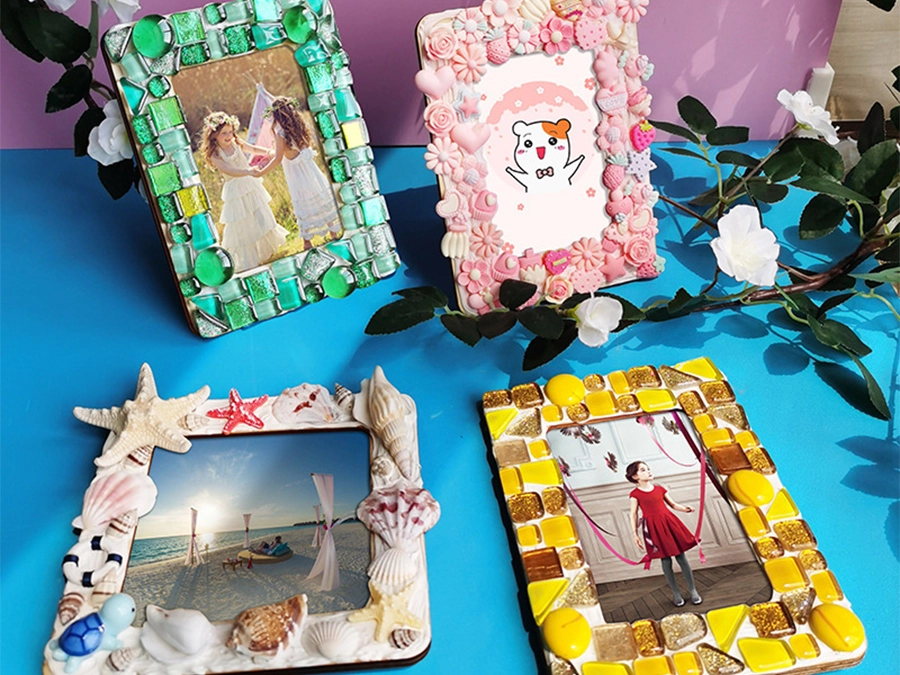Uncovering Singapore’s Mosaic Art Treasures
Uncovering Singapore’s Mosaic Art Treasures
Blog Article
Uncovering Singapore’s Mosaic Art Treasures

Singapore, a vibrant city-state known for its fusion of cultures, is also home to a hidden gem in the world of art—mosaic art. Though often overshadowed by the island’s towering skyscrapers and futuristic architecture, mosaic art has quietly made its mark on the city's artistic landscape. From public spaces to contemporary galleries, these intricate designs reflect Singapore's rich cultural history and burgeoning modern art scene.
In this blog, we’ll take a journey to uncover some of Singapore’s most treasured mosaic works, and how this art form connects both past and present.
A Glimpse into the Past: The Heritage of Mosaic Art in Singapore
Mosaic art, a timeless art form that dates back thousands of years, holds a unique place in Singapore’s history. During the 1960s and 1970s, the government commissioned local artists to create public murals in HDB estates and public parks. These large-scale mosaics were often used as symbols of community building and national unity.
One of the most iconic examples of this is the mosaic playgrounds. Designed by Singaporean architect Khor Ean Ghee in the 1970s, these playgrounds were made of colorful ceramic tiles and shaped like animals or familiar objects such as dragons, pelicans, and elephants. These whimsical creations became a playground paradise for children and an artistic landmark for locals. Today, they hold a nostalgic charm and are cherished as part of Singapore's heritage, with some of them lovingly restored to preserve this artistic legacy.
These playgrounds not only highlight the artistic use of mosaics but also symbolize the intersection of functional design and community engagement in public spaces.
Modern Revivals: Contemporary Mosaic Art in Singapore
As Singapore grows into a cosmopolitan city, mosaic art has found a place in modern spaces, blending tradition with contemporary aesthetics. Today, mosaic art is being reimagined in various ways, bringing a splash of color and creativity to urban areas.
Sentosa’s Mosaic Steps are a perfect example of how mosaic art is used to enhance a modern-day public attraction. The steps are adorned with intricate tile work featuring patterns and motifs that evoke the tropical charm of Singapore's island resort. This art piece encourages interaction, with many visitors stopping to admire or photograph the vivid patterns as they explore the area.
In recent years, the increasing popularity of art jamming studios and workshops has also led to a revival of mosaic art as a hands-on creative experience. One such studio, Artefakts, offers workshops where participants can create their own mosaic masterpieces, from coasters to large decorative pieces. These workshops attract people of all ages and backgrounds, reflecting how mosaic art in Singapore has evolved into a social and collaborative form of expression
The Role of Mosaic Art in Public and Private Spaces
Mosaic art in Singapore isn’t limited to playgrounds and steps; it extends to other public spaces and even private commissions. Mosaics are used to decorate public walls, building facades, and interior designs, creating artistic statements that are both subtle and bold.
For instance, the Peranakan Museum features mosaic art inspired by traditional Peranakan tiles. These tiles, which are often intricately decorated with floral patterns and geometric designs, are a testament to the rich cultural influences that have shaped Singapore’s identity.
Private homes and businesses also make use of mosaic art to create unique visual experiences. Cafés, restaurants, and boutique hotels often incorporate mosaic designs into their interior décor, offering guests an immersive aesthetic experience. This blending of function and art creates an ambiance that elevates the ordinary to the extraordinary.
Why Mosaic Art is Relevant Today
Mosaic art in Singapore continues to hold relevance, not just for its aesthetic value, but also for its ability to tell stories. Every mosaic is composed of individual tiles or stones, meticulously placed to create a cohesive whole. This process mirrors Singapore’s own journey as a multicultural society, where different communities come together to form a unified, harmonious nation.
In recent years, efforts to preserve and restore Singapore’s mosaic art heritage have gained traction, with local organizations and artists advocating for the conservation of these cultural assets. Whether through restoring iconic mosaic playgrounds or creating new public art installations, these efforts ensure that future generations can continue to enjoy and appreciate this beautiful art form.
Moreover, mosaic art workshops and classes offer individuals a chance to engage with this art form on a personal level. As a medium, mosaic allows for a deep level of creativity and expression, making it a popular choice for team-building activities, therapeutic art sessions, and home decor projects.
Final Thoughts
From its roots in community spaces to its modern-day adaptations, mosaic art in Singapore is a treasure worth uncovering. It offers not only a window into the past but also a vibrant and evolving part of the city’s creative landscape. Whether through public installations, heritage preservation, or hands-on workshops, mosaic art continues to play an important role in shaping Singapore’s artistic identity.
In a fast-paced urban environment, these intricate and colorful works of art serve as a reminder to slow down, reflect, and appreciate the beauty that can be created when different elements come together in perfect harmony. Report this page